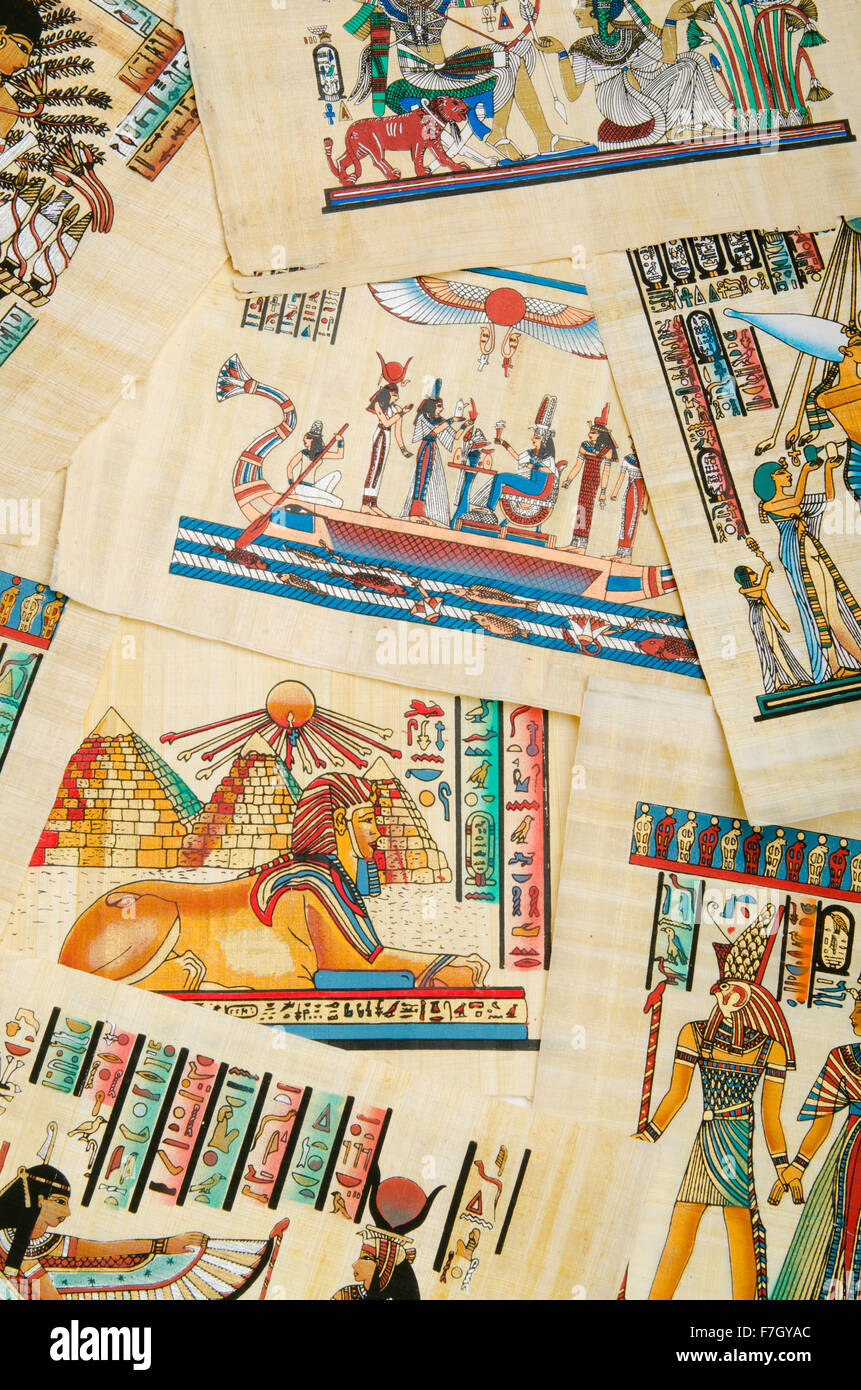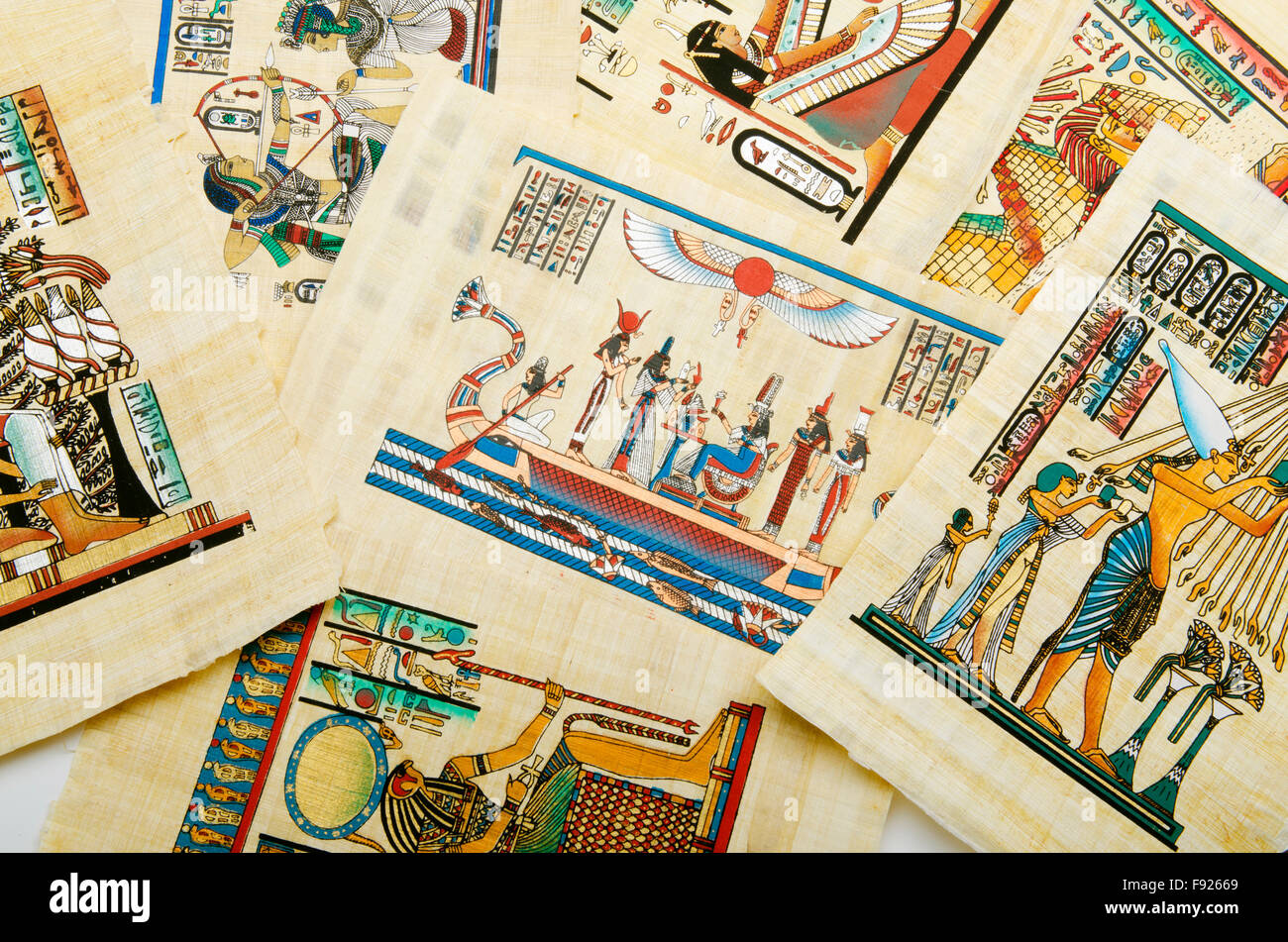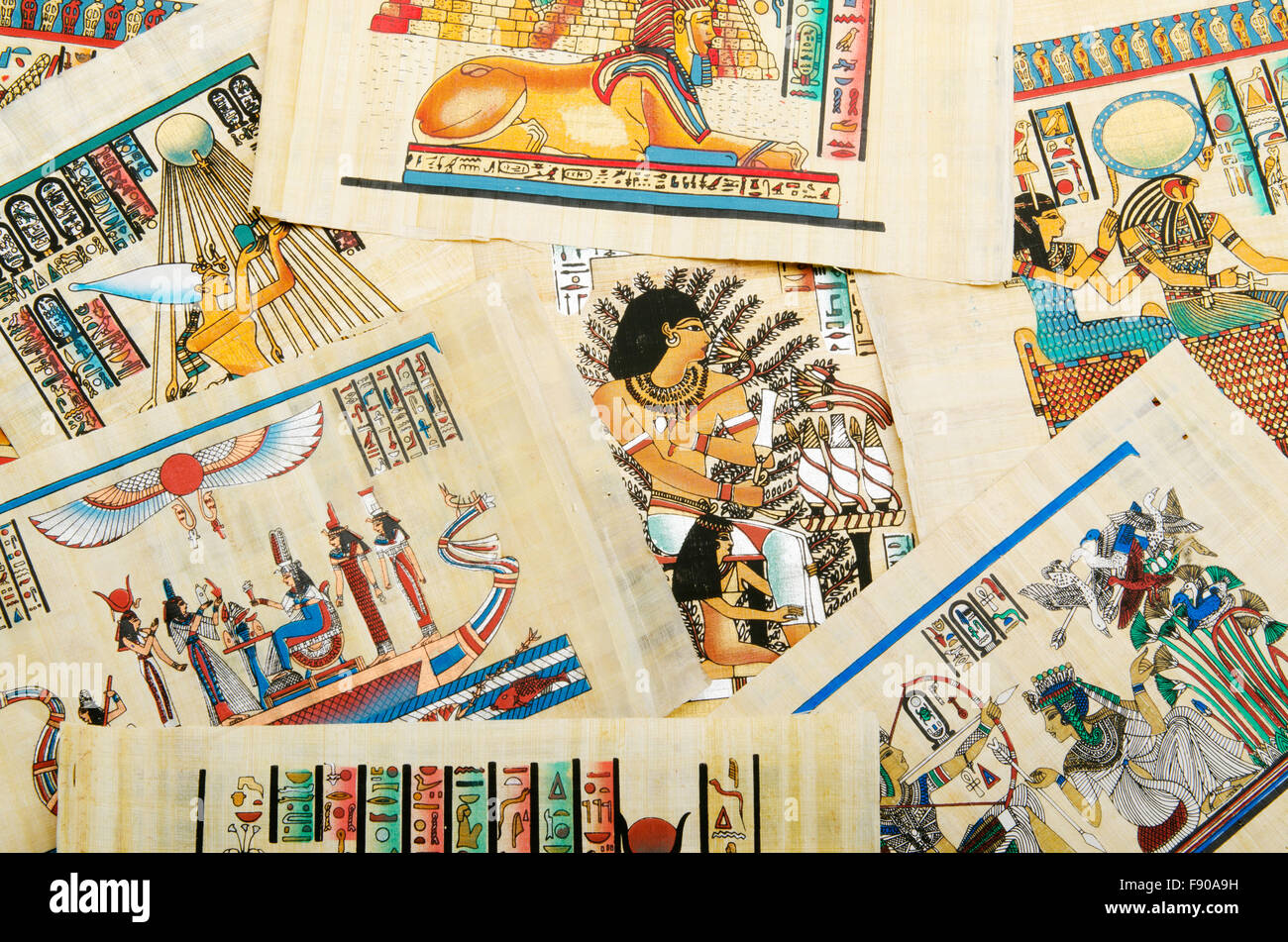Iran's Enduring Legacy: A Journey Through Millennia
Table of Contents
- Ancient Roots: The Dawn of Civilization in Persia
- The Grandeur of Empires: From Achaemenids to Sasanids
- The Islamic Era: A Cultural Renaissance
- The Safavid Creation and Dynastic Shifts
- The Modern Era: Encounter with Western Modernity
- The Islamic Revolution and Its Aftermath
- Iran's Role in Regional and Global Politics
- Preserving Identity: Culture and Future
Ancient Roots: The Dawn of Civilization in Persia
The vast tapestry of Iranian history begins long before the emergence of organized states. The Iranian plateau, with its fertile pockets and strategic location, has been a cradle of human activity for millennia. This early history can be broadly divided into distinct phases, laying the groundwork for the powerful empires that would later dominate the region. The very landscape of Iran, a land of high mountains and arid plains, has shaped the resilience and adaptability of its people, allowing for the continuous development of unique cultural practices and societal structures.Prehistoric and Protohistoric Periods
The early history of Iran may be divided into three phases. The first is the prehistoric period, beginning with the earliest evidence of humans on the Iranian plateau around 100,000 BC and ending roughly at the start of the 1st millennium BC. This era saw the emergence of early agricultural communities, the development of pottery, and the first signs of settled life. Archaeological discoveries across the plateau reveal a gradual progression from nomadic hunter-gatherer societies to more complex village cultures, some of which developed sophisticated irrigation systems and early forms of metallurgy. These foundational developments set the stage for the next phase, demonstrating an inherent capacity for innovation and communal organization. Following this is the protohistoric period, covering approximately the first half of the 1st millennium BC. This era marks a crucial transition, characterized by the rise of larger settlements, the beginnings of proto-urban centers, and the emergence of distinct cultural groups that would eventually coalesce into the major powers of antiquity. While written records from this period are scarce, archaeological evidence points to increasing social stratification, specialized crafts, and the formation of tribal confederations. It was during this time that the foundations for the great Persian empires were implicitly laid, as various groups vied for dominance and control over vital trade routes and resources. The third period, following these, is the era of the great empires, where written records become more prevalent, and the narrative of Iran truly begins to unfold on a global stage.The Grandeur of Empires: From Achaemenids to Sasanids
The period of ancient empires truly defines the early grandeur of the history of Iran. This era witnessed the rise of some of the most formidable and influential empires in world history, leaving an indelible mark on art, architecture, governance, and philosophy. The Achaemenid Empire, founded by Cyrus the Great in the 6th century BC, was the first true global superpower. Its vast dominion stretched from the Balkans to the Indus Valley, encompassing diverse peoples and cultures under a remarkably tolerant and efficient administration. Iconic sites like Persepolis, with its majestic Gate of All Nations, stand as enduring testaments to their architectural prowess and imperial might. The Achaemenids established a system of satrapies, or provinces, allowing for local autonomy while maintaining central control, a model that influenced subsequent empires. Following the Achaemenids, the Parthian Empire rose to prominence, becoming a formidable rival to Rome for centuries. Known for their equestrian skills and innovative military tactics, the Parthians successfully defended their vast territories and maintained a distinct Iranian identity in the face of Hellenistic and Roman pressures. Their rule saw a flourishing of trade along the Silk Road, further enriching the cultural mosaic of Iran. The final great empire of antiquity was the Sasanian Empire, which emerged in the 3rd century AD. The Sasanians consciously revived many Achaemenid traditions, fostering a golden age of Iranian art, architecture, and scholarship. They were a major power, often clashing with the Byzantine Empire, and their sophisticated bureaucracy, legal systems, and religious institutions (Zoroastrianism being the state religion) profoundly shaped the region until the advent of Islam. The Sasanian period represents a peak of pre-Islamic Iranian civilization, demonstrating the enduring strength and adaptability of the Persian spirit.Alexander's Legacy and the Seleucid Era
The might of the Achaemenid Empire, however, eventually met its match in Alexander the Great. His conquest in the late 4th century BC brought an abrupt, yet significant, shift to the history of Iran. After Alexander's death in 323 BC, his conquered regions were divided among his generals, and most of his Asian conquests, of which Iran was the core, reached Seleucus I. This marked the beginning of the Seleucid Empire, a Hellenistic dynasty that ruled over much of the former Persian Empire. The Seleucid era introduced Greek language, culture, and administrative practices to Iran, leading to a fascinating blend of Hellenistic and Iranian traditions. While Greek cities were founded and Greek influence was visible, the indigenous Iranian cultures and religions largely persisted, particularly in the more remote areas. This period, though marked by foreign rule, also saw the construction of new cities and the establishment of trade networks that continued to enrich the region. However, the Seleucid grip on power gradually weakened, especially in the eastern provinces, paving the way for the resurgence of Iranian power with the rise of the Parthians, who would eventually expel the Seleucids and re-establish a truly Iranian empire. This cycle of foreign invasion and indigenous resurgence is a recurring theme throughout Iranian history, highlighting the nation's remarkable capacity for resistance and cultural preservation.The Islamic Era: A Cultural Renaissance
The arrival of Islam in the mid-7th century AD fundamentally reshaped the history of Iran, ushering in a new epoch. The Islamic era, spanning from 651 AD to 1800 AD, began with the Arab conquest of the Sasanian Empire. While this brought a new religion and political system, it did not erase Iran's distinct cultural identity. Instead, Iranian culture profoundly influenced the burgeoning Islamic civilization, leading to a remarkable cultural renaissance. Modern Iranian culture owes itself in part to this renaissance in the 8th century, which saw a flourishing of Persian literature, art, science, and philosophy within the broader Islamic world. Iranian scholars, artists, and thinkers played a pivotal role in the Golden Age of Islam, contributing immensely to fields such as medicine, mathematics, astronomy, and poetry. Figures like Avicenna, Rumi, and Omar Khayyam, though writing in Arabic or Persian, were products of this vibrant intellectual environment. Persian became a language of high culture and administration throughout much of the Islamic world, demonstrating the enduring soft power of Iran. This period also saw the gradual conversion of the majority of Iranians to Islam, though often with a distinct Shi'a interpretation that would later become the state religion under the Safavids. Despite various invasions, including the devastating Mongol invasion in the 13th century, Iranian civilization demonstrated incredible resilience, absorbing new influences while maintaining its unique artistic and intellectual traditions, consistently rebuilding and flourishing.The Safavid Creation and Dynastic Shifts
While the history of Iran boasts 2500 years of richly varied history, modern Iran is essentially a Safavid creation. The Safavid dynasty, which rose to power in the early 16th century, marked a pivotal turning point by establishing Twelver Shi'ism as the official state religion. This decision had profound and lasting consequences, distinguishing Iran from its predominantly Sunni neighbors and forging a unique national identity rooted in religious distinctiveness. The Safavids, under leaders like Shah Abbas the Great, consolidated power, created a strong centralized state, and fostered a vibrant period of artistic and architectural achievement, with Isfahan serving as a magnificent capital. Following the Safavids, Iran experienced a series of dynastic shifts and periods of instability. The Afsharid dynasty, founded by Nader Shah, briefly restored Iran's military might, expanding its borders and even conquering Delhi. However, his empire quickly fragmented after his death. The Zand dynasty brought a period of relative peace and prosperity, particularly under Karim Khan Zand, who ruled from Shiraz. Finally, the Qajar dynasty emerged in the late 18th century, ruling Iran until the early 20th century. The Qajars faced increasing pressure from European imperial powers, leading to territorial losses and growing foreign influence, which would set the stage for the turbulent events of the modern era. These dynastic changes, while often violent, consistently saw the reassertion of a distinct Iranian state, albeit one grappling with new external pressures.The Modern Era: Encounter with Western Modernity
The modern era of the history of Iran is defined by its intense and often challenging encounter with Western modernity, broadly beginning around 1800. This period saw Iran grappling with the rise of European imperial powers, economic pressures, and internal reform movements. The Qajar dynasty, in particular, struggled to maintain sovereignty and modernize the country in the face of British and Russian expansionism. Concessions were granted to foreign powers, leading to widespread discontent and a growing sense of national humiliation. The late 19th and early 20th centuries witnessed significant movements demanding constitutional rule and an end to foreign interference. The Constitutional Revolution of 1906, though ultimately limited in its success, was a crucial step towards establishing a more democratic system and curbing the absolute power of the monarch. However, the discovery of oil in the early 20th century further intensified foreign interest and intervention, making Iran a crucial strategic prize for global powers. This period of modernization and external pressure laid the groundwork for the dramatic political transformations that would follow, highlighting the constant struggle for self-determination that characterizes Iran's contemporary narrative.Foreign Interference and the Pahlavi Dynasty
The name Iran, on the other hand, is tied to the nation’s turbulent 20th century history, particularly with the rise of the Pahlavi dynasty. Reza Shah’s coup d’etat was arguably directed by the British, and the establishment of the Pahlavi dynasty in 1925, with Reza Shah at its head, was a significant turning point for foreign interference in Persian government. Reza Shah embarked on an ambitious program of modernization, secularization, and nationalization, seeking to transform Iran into a modern, independent state. He introduced reforms in education, law, and infrastructure, aiming to strengthen the central government and reduce clerical influence. However, his authoritarian rule and close ties to Western powers, particularly Britain, bred resentment among various segments of the population. During World War II, Iran's strategic location and oil resources again drew foreign attention. British troops withdrew from Iran after the war, but the Soviet Union violated its prior agreement and remained in the northern provinces. Intense diplomatic pressure eventually led to the Soviet Union's withdrawal from Iran, and Iran regained control over the territory of the Azerbaijan people's. Reza Shah's son, Mohammad Reza Pahlavi, continued his father's modernization efforts, including the "White Revolution" in the 1960s, which introduced land reform, women's suffrage, and literacy programs. While these reforms brought some progress, they also led to increased social dislocation, economic inequality, and political repression, ultimately fueling the discontent that would culminate in the Islamic Revolution. The Pahlavi era, therefore, is a complex chapter of progress and repression, deeply shaped by both internal ambitions and external pressures.The Islamic Revolution and Its Aftermath
The culmination of decades of internal dissent and external influence dramatically reshaped the history of Iran in 1979. Finally, in 1979, the Shah was overthrown amidst widespread protests and revolutionary fervor. On April 1, 1979, Iran became an Islamic Republic, marking a profound ideological shift. Ayatollah Ruhollah Khomeini became its leader, remaining the leader of Iran until he died in 1989. The revolution ushered in a new era, characterized by an emphasis on Islamic principles in governance, law, and social life. One immediate and significant change was the implementation of Islamic dress codes; in 1983, a law made it compulsory for women in Iran to wear the hijab. The early years of the Islamic Republic were tumultuous. In 1980, Iraq invaded Iran, initiating a brutal and devastating eight-year war that cost a huge number of lives on both sides. This conflict, often referred to as the Iran-Iraq War, further solidified the revolutionary government's hold on power, as it rallied the population against an external threat. The Ayatollah Ruhollah Khomeini’s Iran struck an answering chord with Shiʿis and Iranian workers in the Arabian states. During this period, President Jimmy Carter and his successor in 1981, Ronald Reagan, pledged American support to keep open the Strait of Hormuz, through which some 60% of the world's oil transits, highlighting Iran's enduring strategic importance. The revolution also fundamentally altered Iran's foreign relations; before 1979, Iran had good relations with Israel, but everything changed in 1979, when the Shah of Iran was removed from power and an Islamic Republic took over, leading to a complete rupture of ties.Iran's Contemporary Challenges and Resilience
Today, Iran is a key player in the Middle East, and its contemporary history continues to be shaped by both internal dynamics and international relations. The country faces numerous challenges, including economic sanctions, internal protests, and international conflicts. Most mentions of Iran in the news focus on some of the many problems the country is facing, such as its controversial nuclear program, undemocratic government, and harsh gender divide. The ripple effects of these challenges are often felt acutely by the populace, as evidenced by events like riot police attacking about 100 currency exchange points, reflecting economic anxieties and social unrest. Nevertheless, Iran maintains its cultural identity and continues to develop as an independent state. Despite the pressures, the resilience of the Iranian people and their deep historical roots allow them to navigate these complex times. The ongoing struggle for economic stability, political reform, and social freedoms continues to define much of Iran's internal narrative. The country's strategic position, vast natural resources, and distinct ideological framework ensure its continued prominence on the global stage, making its trajectory a subject of intense international interest and debate.Iran's Role in Regional and Global Politics
Iran, as the world’s 18th most populous country, is a major player in both Middle Eastern and world politics. Its unique historical trajectory, coupled with its geopolitical location and significant energy resources, grants it considerable influence in a volatile region. The legacy of the Islamic Revolution, with its anti-imperialist stance and support for various non-state actors, has often placed Iran at odds with Western powers and some regional rivals. This has led to complex alliances and rivalries, contributing to the intricate web of Middle Eastern conflicts. The history of Israel and Iran, for example, illustrates this dramatic shift. Israel and Iran were once allies, enjoying close diplomatic and economic ties before the 1979 Islamic Revolution. However, the establishment of the Islamic Republic fundamentally altered this relationship, transforming former allies into staunch adversaries. Iran's nuclear program remains a central point of international contention, leading to severe economic sanctions that have significantly impacted its economy. Despite these challenges, Iran continues to assert its regional influence through various means, including diplomatic engagement, economic partnerships, and strategic military posturing. Its actions and policies have far-reaching implications for global energy markets, regional stability, and international security, underscoring its indispensable role in the modern world.Preserving Identity: Culture and Future
Throughout its long and often tumultuous existence, Iran has demonstrated an extraordinary capacity for cultural preservation and adaptation. From the ancient Persian empires to the modern Islamic Republic, the thread of a distinct Iranian identity has persisted, woven through language, art, literature, and social customs. This deep cultural root provides a powerful foundation for the nation's resilience in the face of ongoing challenges. The history of Iran is not merely a chronicle of events; it is a testament to the enduring spirit of a civilization that has weathered countless storms, absorbed diverse influences, and consistently re-emerged with its unique character intact. As Iran navigates the complexities of the 21st century, its rich historical and cultural heritage remains a vital source of strength and inspiration. The country continues to develop as an independent state, striving to balance its traditional values with the demands of modernity. The ongoing narrative of Iran is one of continuous evolution, marked by internal debates and external pressures, yet always underpinned by a profound sense of historical continuity. The future of Iran, like its past, promises to be a story of struggle, resilience, and cultural richness, continuing to influence contemporary society and the political life of the country, and indeed, the world.Conclusion
The history of Iran, also known historically as Persia, is an epic saga of human endeavor, spanning millennia and encompassing a breathtaking array of empires, cultural movements, and societal transformations. From the earliest human settlements on the Iranian plateau to the grandeur of the Achaemenid, Parthian, and Sasanian Empires, through the profound cultural renaissance of the Islamic era, and into the complex modern period shaped by foreign interference and revolutionary change, Iran has maintained a unique and influential presence on the world stage. This journey, marked by both glorious achievements and periods of immense struggle, underscores Iran's remarkable resilience and its enduring contribution to global civilization. Today, as Iran navigates a landscape of economic sanctions, internal pressures, and international complexities, its deep historical roots and vibrant cultural identity remain central to its narrative. The history of Iran is a powerful reminder of a nation that has consistently adapted, innovated, and persevered, continuing to shape its destiny and influence the broader geopolitical landscape. We hope this comprehensive overview has deepened your understanding of Iran's extraordinary past. What aspects of Iranian history do you find most fascinating? Share your thoughts in the comments below, and consider exploring more articles on our site to delve further into the rich tapestry of world history!
Egyptian history concept with papyrus Stock Photo - Alamy

Egyptian history concept with papyrus Stock Photo - Alamy

Egyptian history concept with papyrus Stock Photo - Alamy